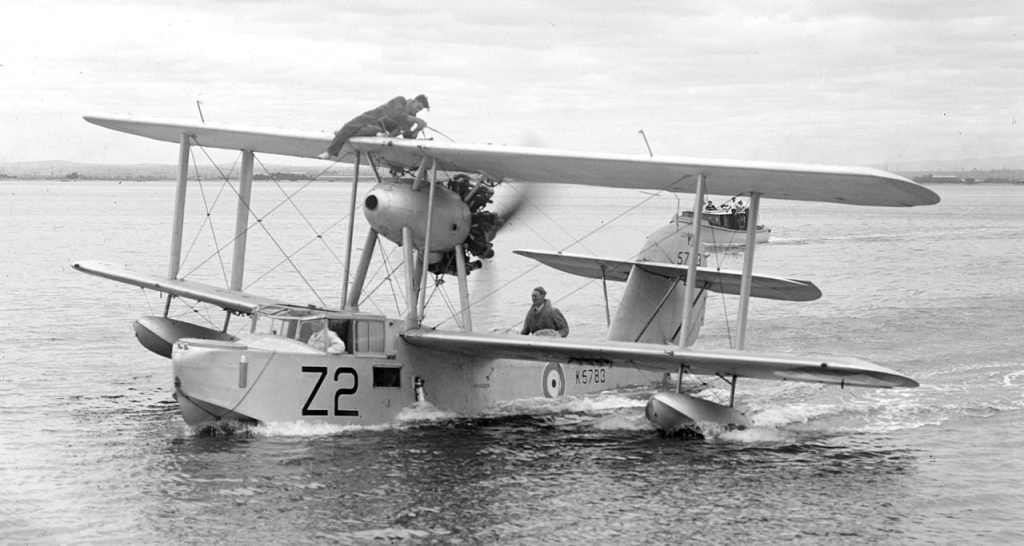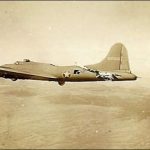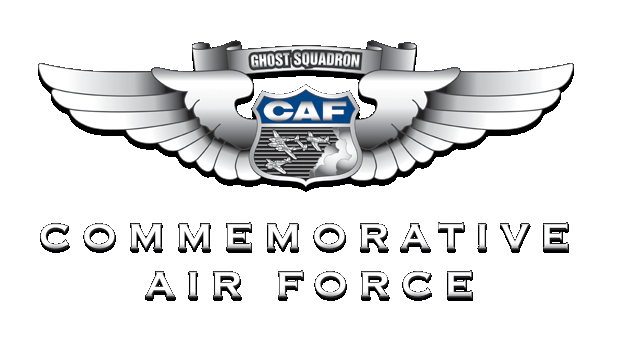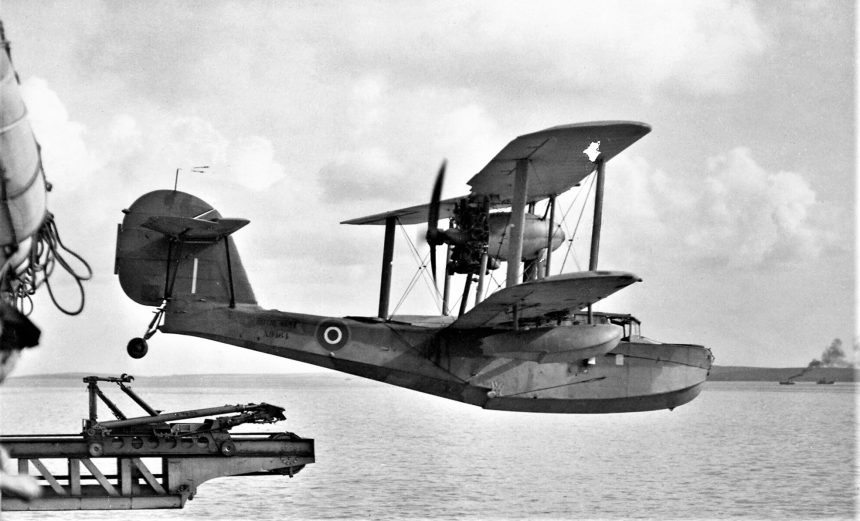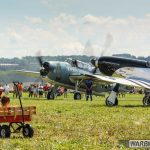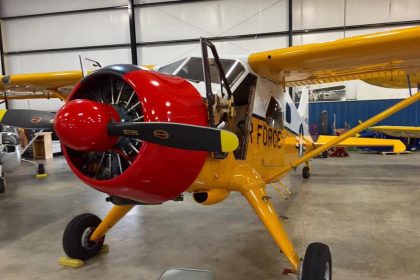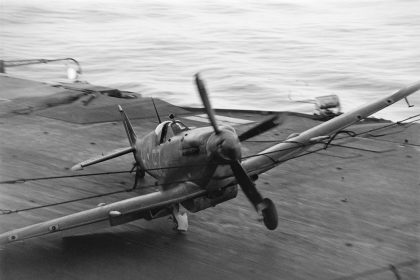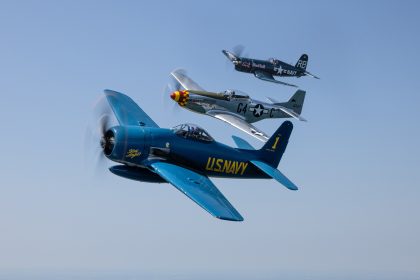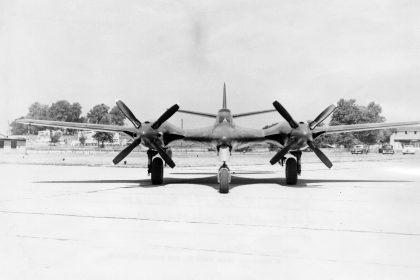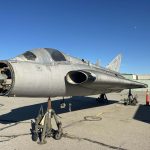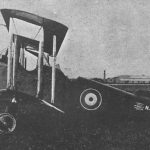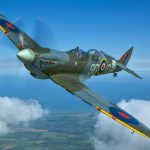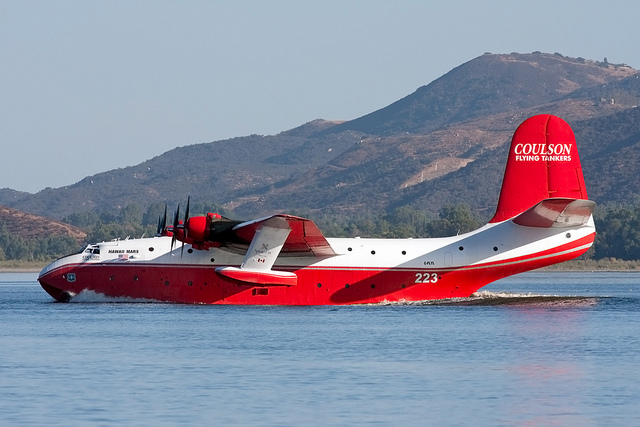
On this day in aviation history—June 21, 1933—the Supermarine Walrus took to the skies for the first time. Designed as a maritime patrol aircraft, the Walrus was a single-engine amphibious biplane that broke new ground in British military aviation. It was the first aircraft in British squadron service to feature a retractable undercarriage, enclosed crew compartments, and an all-metal fuselage. Initially designated the Seagull V, the aircraft was later renamed Walrus as the design evolved beyond its origins. Development began in 1929, based on the earlier Supermarine Seagull, but modifications during testing and production gave rise to a distinctly new aircraft—one worthy of a new name.
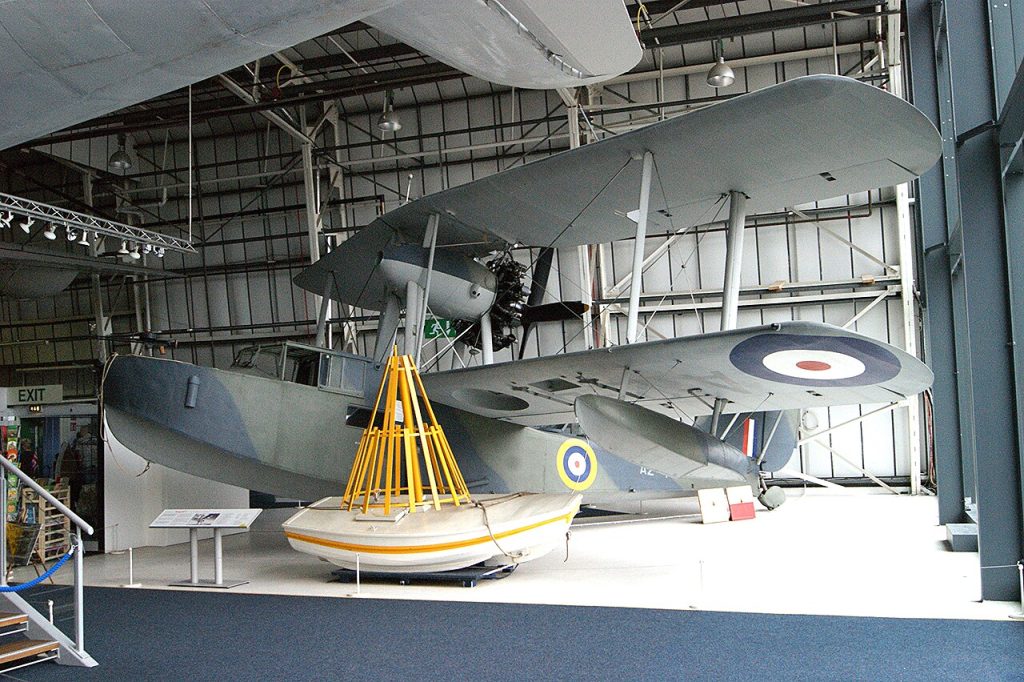
The Royal Australian Air Force became the first operator of the Walrus in 1935. It was subsequently adopted by the Royal Air Force, the Fleet Air Arm, and the Irish Air Corps. During World War II, the Walrus played a vital role in maritime operations, conducting anti-submarine patrols and search-and-rescue missions. The aircraft remained in limited service postwar and even found use as a civilian charter aircraft in remote regions of Australia and Antarctica.
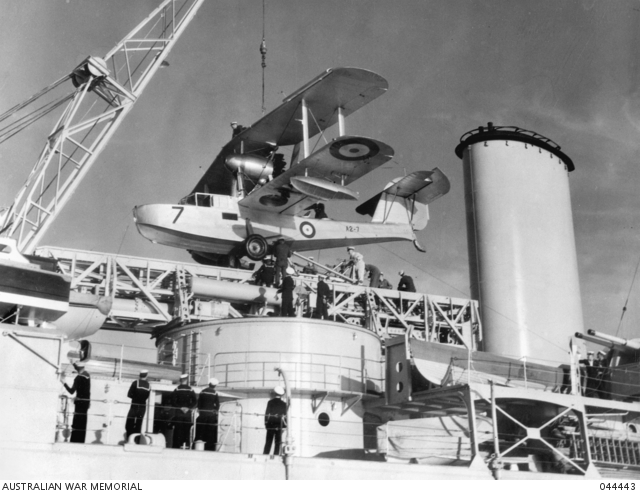
Powered by a 750-horsepower Bristol Pegasus VI 9-cylinder radial engine, the Walrus had a maximum speed of 135 mph and cruised comfortably at 95 mph. Its distinctive “pusher” configuration utilized a four-blade fixed-pitch wooden propeller mounted behind the engine. With a range of 520 nautical miles and a service ceiling of 18,500 feet, the aircraft was well-suited for long-range maritime duties. The Walrus carried a crew of three and was equipped with two .303-inch Vickers K machine guns—one mounted in the nose and the other in the rear cockpit. It could also carry offensive ordnance, including six 100 lb bombs, two 250 lb bombs, or a pair of 250 lb Mk.VIII depth charges.
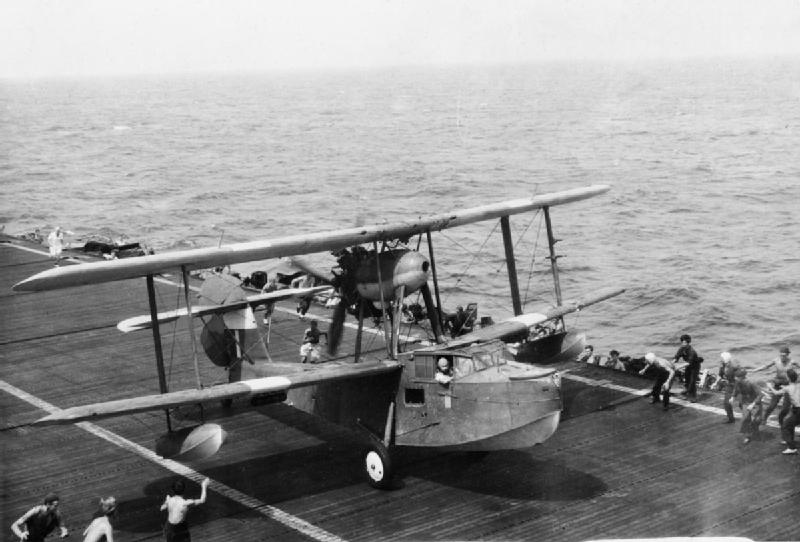
Between 1936 and 1944, a total of 740 Supermarine Walruses were built. Today, just four examples of this unique aircraft survive. Three are preserved in museums in the United Kingdom and Australia, while the fourth—Walrus W2718—is privately owned and under restoration at the Aircraft Restoration Company in Duxford. The prospect of seeing a Walrus take to the skies once more is truly thrilling, and we eagerly await the day it flies again.
